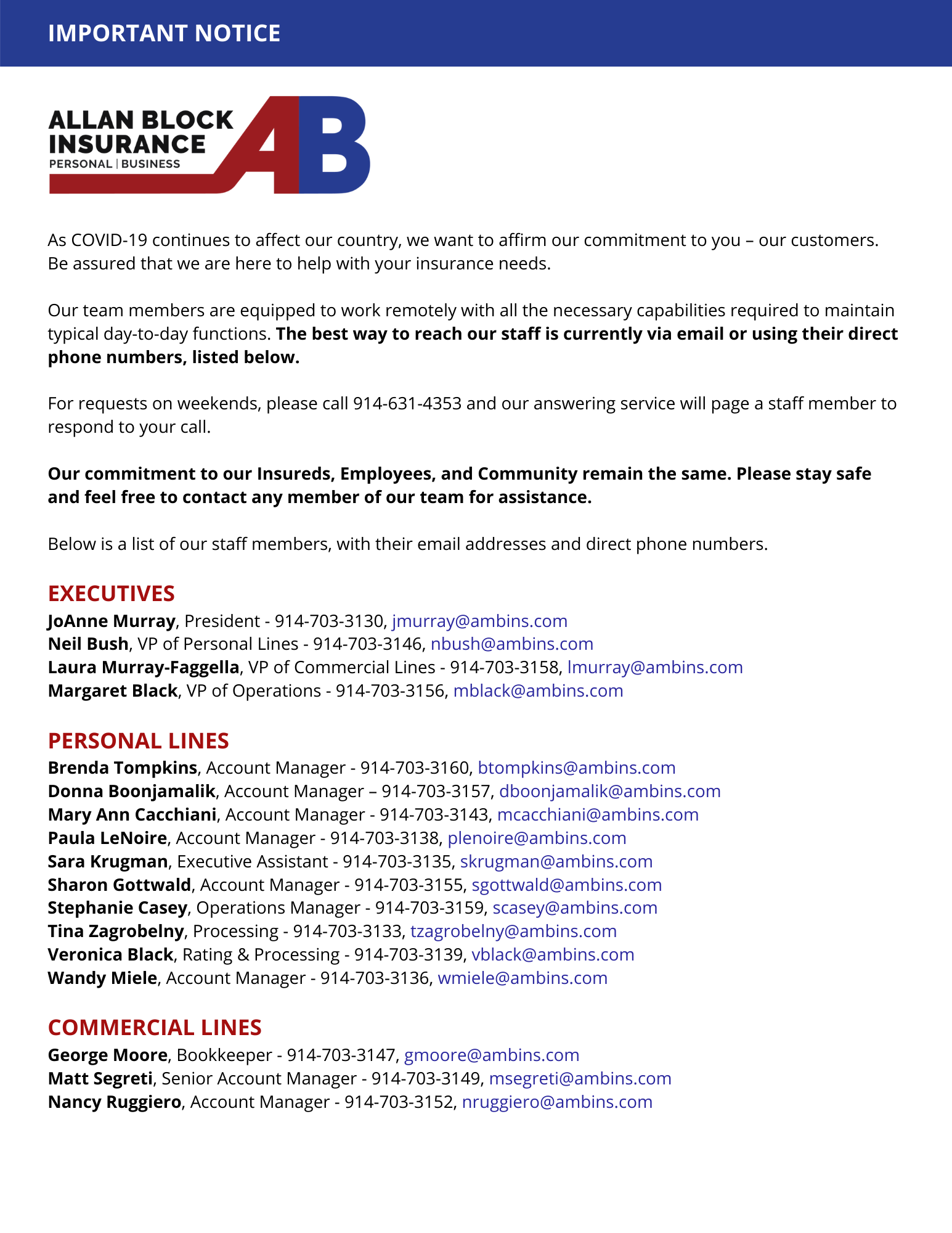The old saying goes “April showers bring May flowers.” However, those same showers can also bring something unwanted: water damage.
Rain that exceeds the capacity of storm sewers, sump systems, bodies of water and the ground’s ability to absorb and hold water can cause big problems for your home, resulting in significant water damage and monetary costs.
Or you may have a leaky roof that leads to water seeping into your home.
Once this water enters your home, it has the potential to damage anything it comes in contact with, such as flooring, walls, insulation, framing, appliances and your furnishings.
If not addressed, this can lead to mold growth and wet rot.
To ensure that unwanted rainwater doesn’t seep into your house:
- Inspect your roof every few years for possible leaks.
- Clear your eaves troughs every year to prevent blockages.
- Install a backwater valve which will close automatically if the sewer backs up.
- Check your foundation and if you notice water pooling, find a way to lead it away from your home.
- Finish your basement right by sealing the exterior walls.
- Test your sump pump (if you have one) to ensure it works when you need it.
- Check seals on windows and doors for damage, and fix any cracks.
Preventing other water damage
- Regularly inspect and replace (as needed) hoses going to and from washing machines, dishwashers, water heaters and refrigerators.
- Drain water heaters twice a year to prevent sediment build-up.
- Prevent frozen and burst pipes by keeping them warm and insulated. Run a trickle of water through any pipes that run to the outdoors during months when temperatures are below freezing.
- Consider installing a smart home water-leak sensor.
Water damage coverage
Whether your homeowner’s insurance covers water damage depends on the source of the water that caused the damage.
Under most standard home insurance policies, if water damage occurs suddenly or accidentally – such as a busted pipe or debris that tears a hole in your roof during a rainstorm – it will likely be covered by your insurance.
Roof leaks are covered by home insurance if the leak is caused by a covered – or named – peril. A peril is a situation or weather-related event that can damage your home and personal belongings.
Insurance companies agree to compensate you for any losses if your home is damaged by a covered peril.
For example, if a major windstorm blew a big section of shingles off your roof, and a subsequent rainstorm brought water into your attic through the leaky roof. The roof damage would be covered in this situation because the leak was caused by a windstorm, which is a covered peril under most policies.
Here are three instances in which your homeowner’s policy will not provide coverage:
- Maintenance problems that have not been attended to – For example, your homeowner’s insurance will likely not cover water damage that is the result of a faulty sink that has been leaking for several months, or a poorly maintained roof.
- Repair or replacement of sources of water damage – If your washing machine causes water damage to the floor of your laundry room, your homeowner’s policy will not cover the costs to repair or replace the machine. However, it will typically cover the costs to repair your floors.
- Flood damage – Flood damage will not be covered by your homeowner’s policy and will require separate flood insurance coverage.



